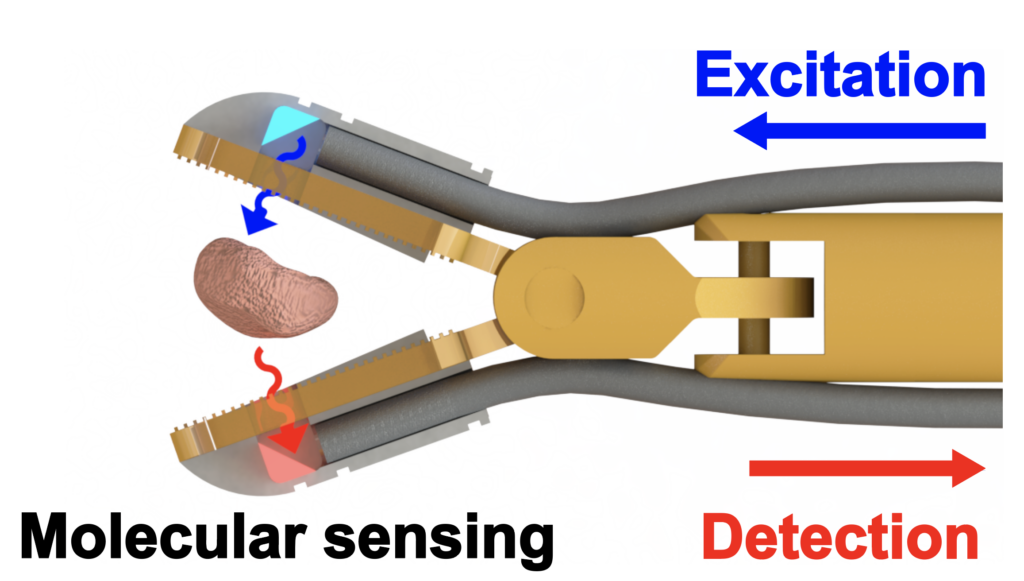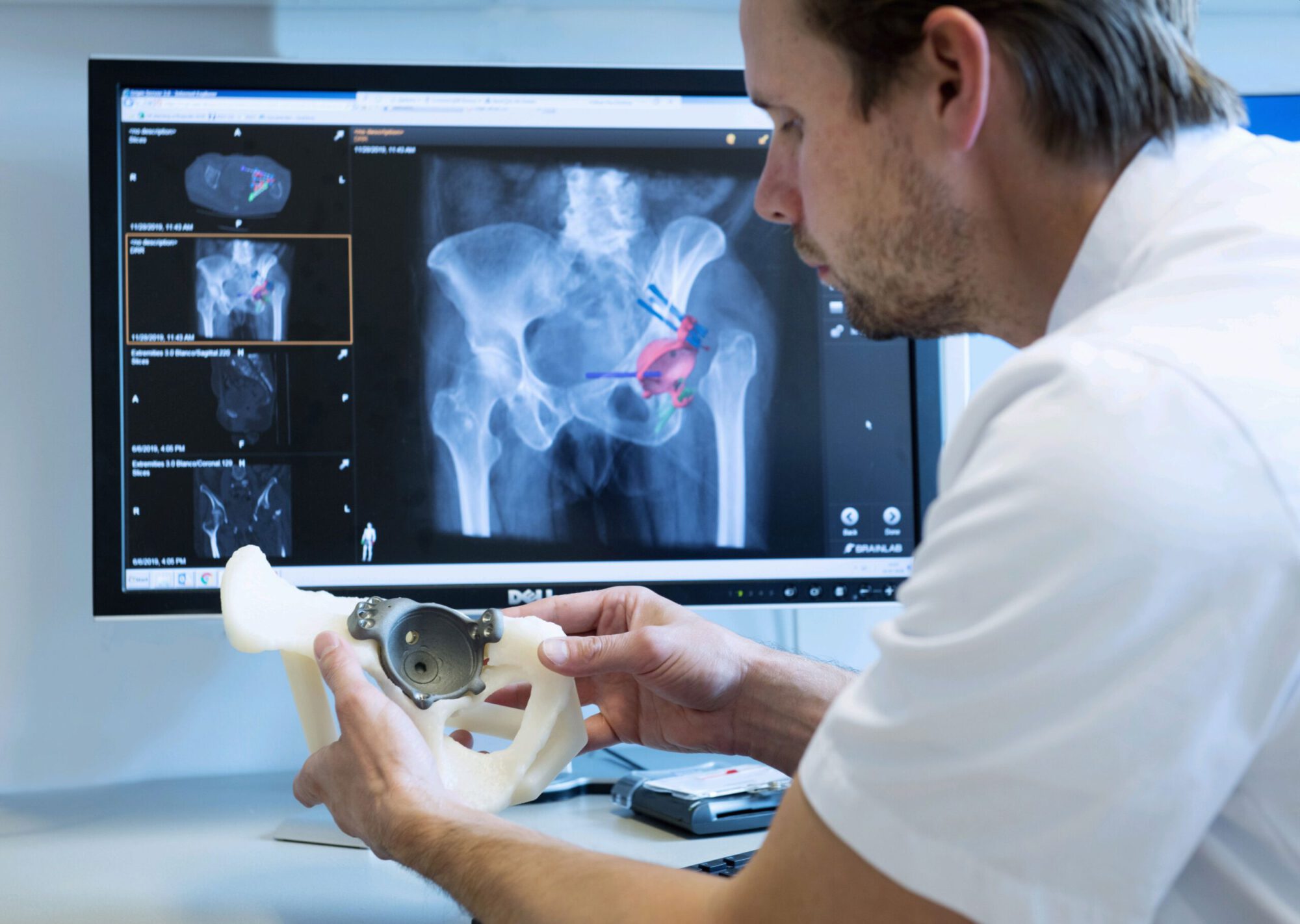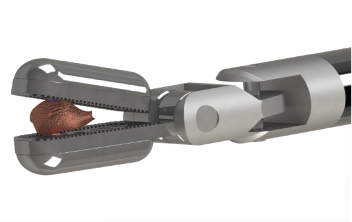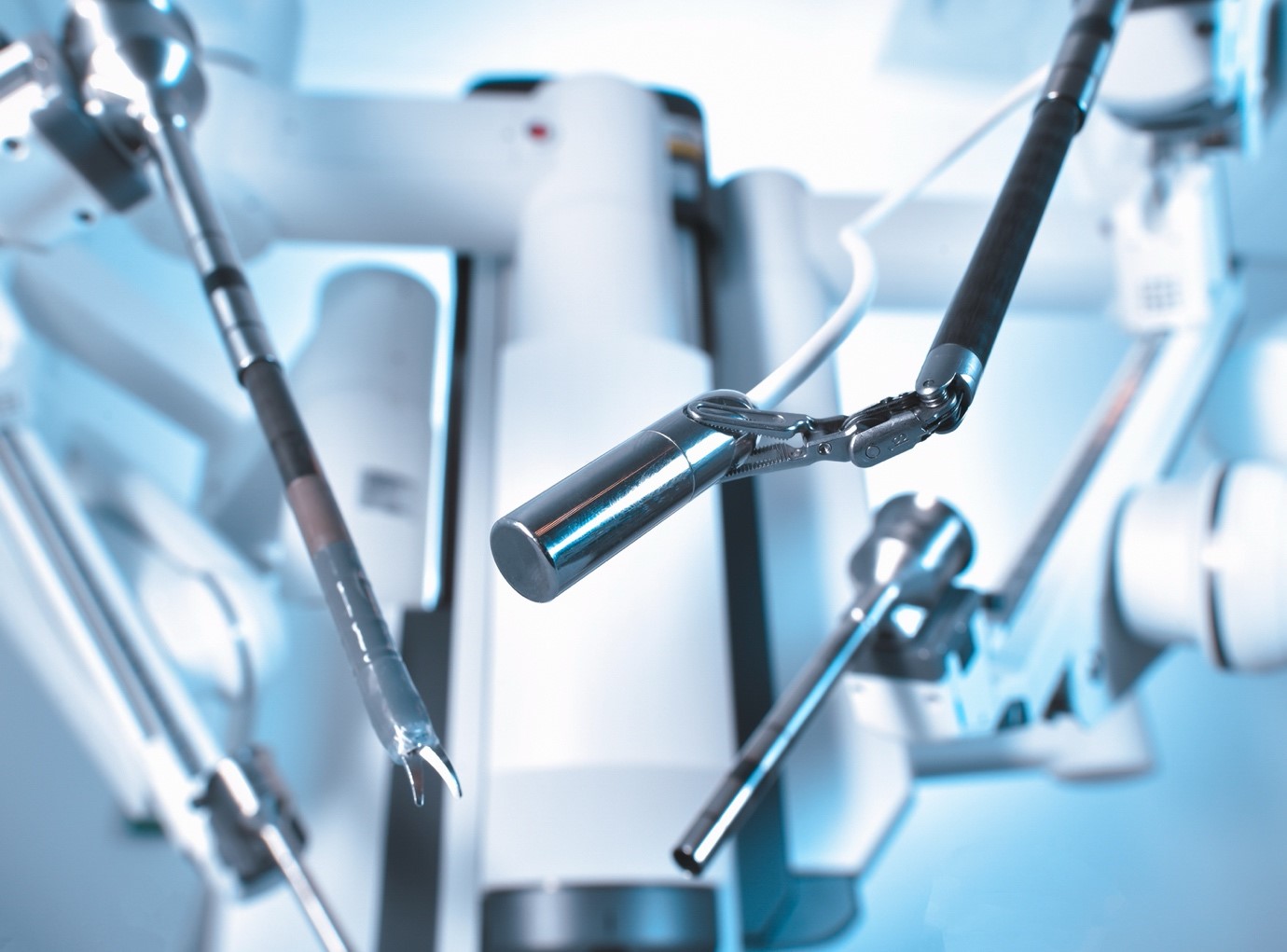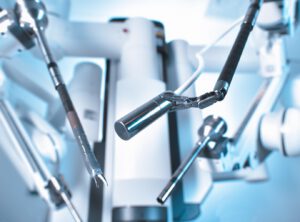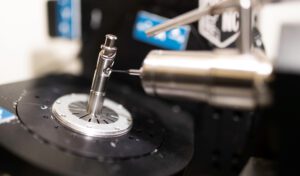In oncology, radical surgical resection of cancerous tissue is one of the most efficient forms of treatment. For accurate lesion localization during surgery, image-guided surgery methods play an ever-increasing role. Such methods predominantly rely on radio- and/or fluorescent-tracers to ‘illuminate’ targeted tissues, e.g., sentinel lymph nodes (ICG-99mTc-nanocolloid) and PSMA-positive tumor (99mTc-PSMA I&S). To optimally integrate radioguidance during robot-assisted surgery, a tethered and miniaturized gamma detector for wristed robotic instruments, the so-called DROP-IN gamma-ray-detection probe was engineered. This has resulted in two commercial products that are now CE-marked for routine clinical use (Crystal Photonics GmbH and LightPoint Medical). In one of our most recent clinical studies on this topic, the DROP-IN proved to be superior to the use of fluorescence guidance and rigid laparoscopic gamma probes.
https://doi.org/10.1016/j.eururo.2020.10.031.
